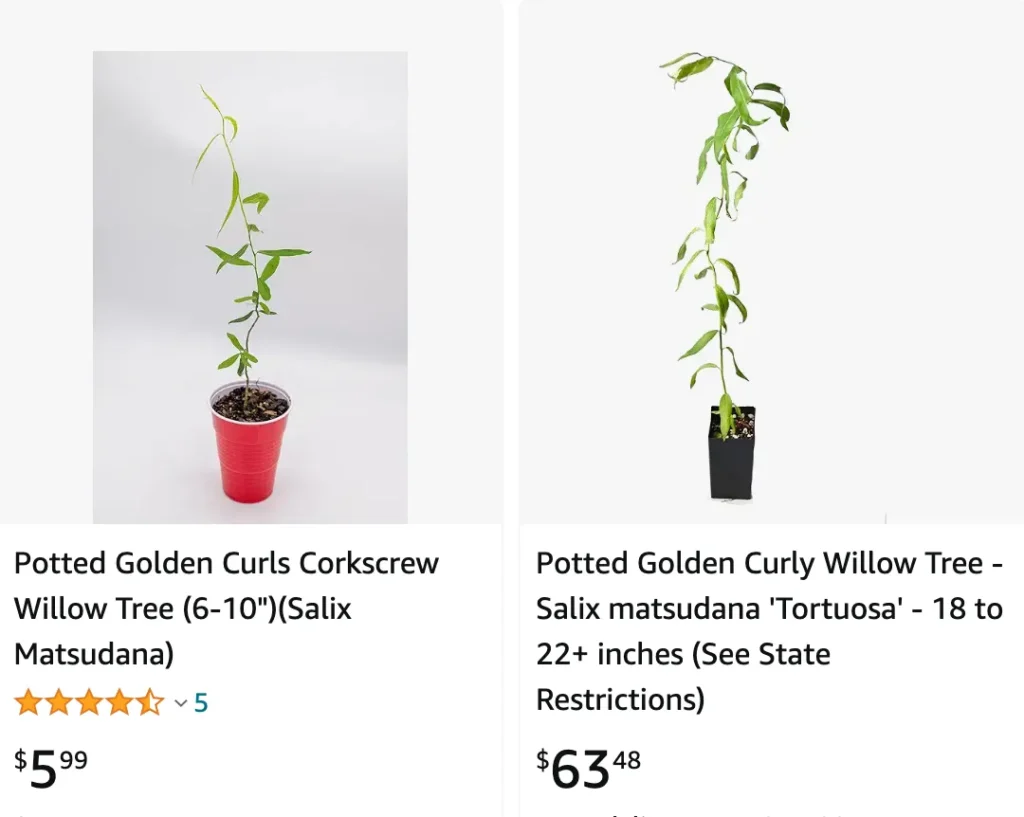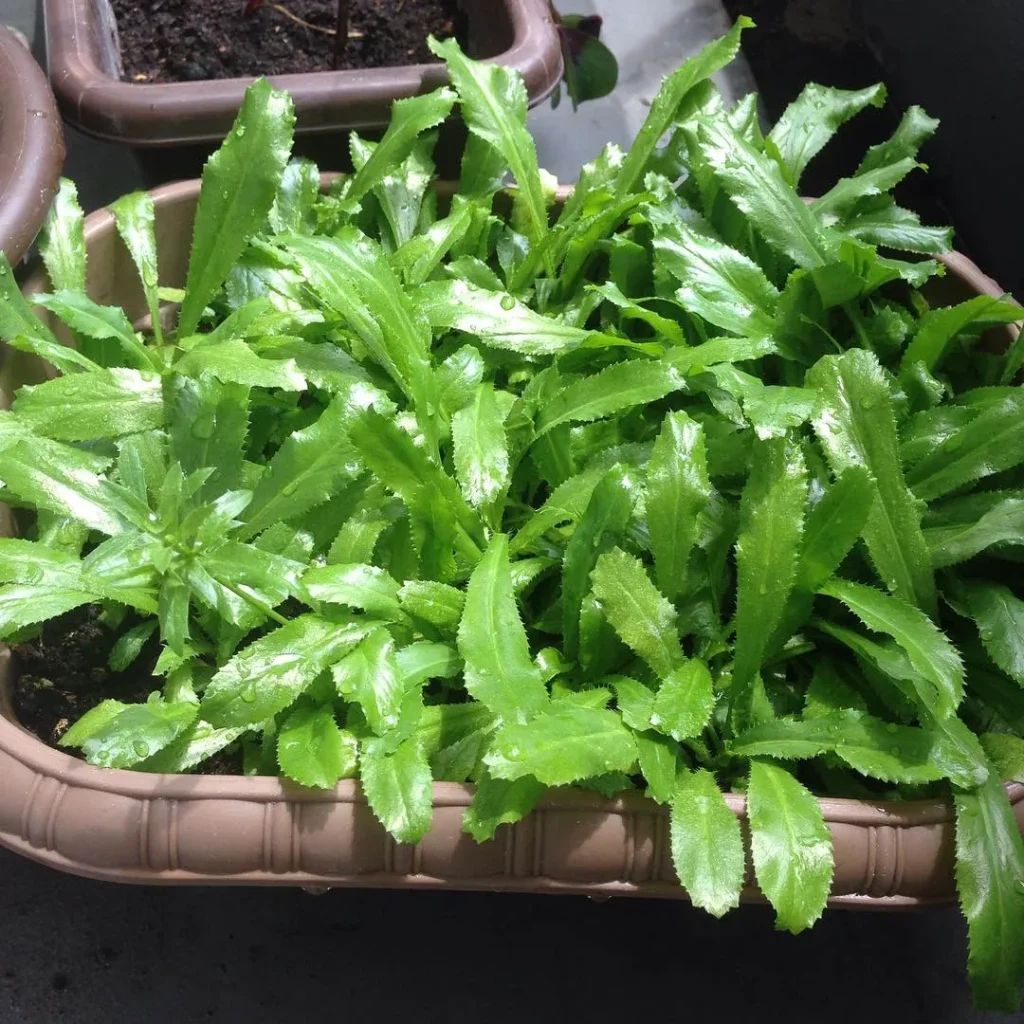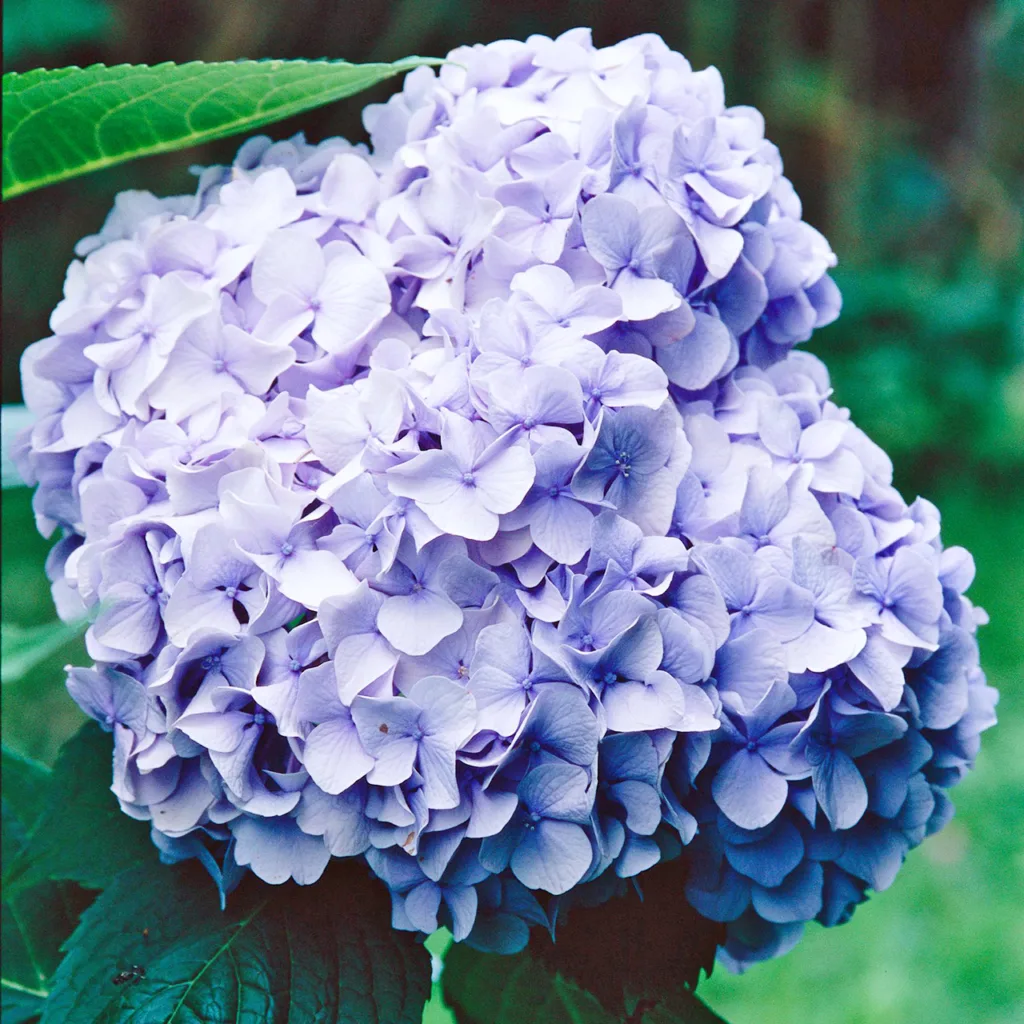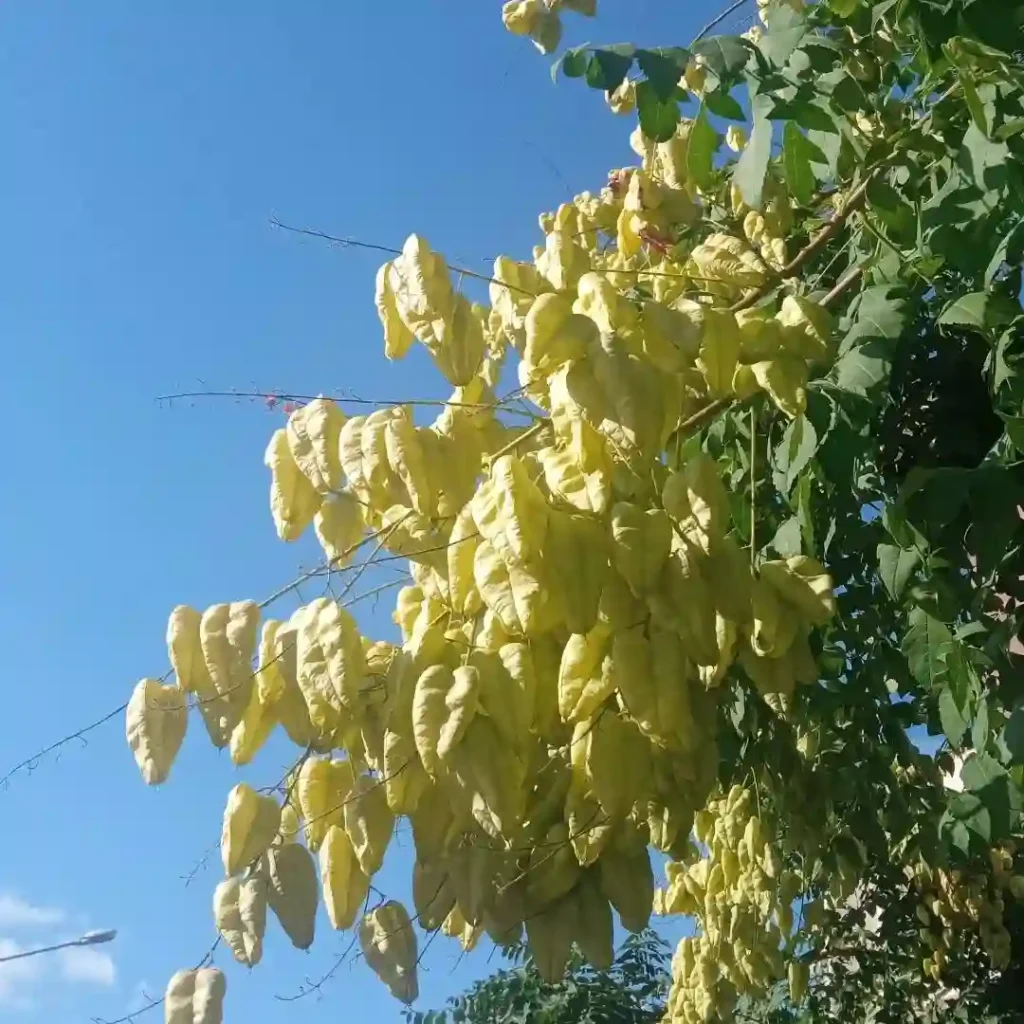
The Allure of the Corkscrew Willow: A Plant Enthusiast’s Guide to Salix matsudana
As a plant enthusiast, I’m constantly drawn to unique and captivating specimens. The Salix matsudana, also known as the Corkscrew Willow, has held a special place in my garden for years. Its mesmerizing, twisted branches and graceful silhouette create a focal point unlike any other. But beyond aesthetics, this willow offers surprising versatility and resilience. Let’s delve deeper into the world of Salix matsudana, exploring its characteristics, care requirements, and potential role in your own landscape.
684 Species in Genus Salix
Where Does Salix matsudana Thrive?
Salix matsudana originates from the northwestern regions of China. This fast-growing deciduous tree thrives in USDA hardiness zones 4b to 8a, tolerating a wide range of temperatures. With proper care, it can reach heights of 50 to 60 feet, boasting a captivating, contorted branching structure.
When choosing a location for your Salix matsudana, consider its mature size. Allocate ample space, at least 15-20 feet from structures and walkways, to accommodate its spreading canopy. Full sun exposure is ideal for optimal growth and to maximize the development of its signature corkscrew branches.
Is Salix matsudana Deciduous?
Yes, Salix matsudana is indeed a deciduous tree. This means it sheds its leaves each fall, transforming from a vibrant green to a silhouette of captivatingly twisted branches. During winter, the intricate structure of its corkscrew branches takes center stage, adding a touch of sculptural elegance to your landscape. Come spring, the tree bursts back to life, adorned with fresh, lance-shaped leaves that shimmer in the sunlight. This seasonal transformation adds a dynamic element to your garden, offering visual interest throughout the year.
Beyond Beauty: The Ecological Benefits of Salix matsudana
The allure of Salix matsudana extends beyond its ornamental value. Its fast-growing nature and dense root system make it a valuable tool for erosion control, particularly along riverbanks and slopes. Additionally, it attracts pollinators like bees and butterflies, contributing to a healthy and vibrant ecosystem in your garden.
How to Care for Your Salix matsudana?
Salix matsudana is a relatively low-maintenance tree. Here are some key tips for ensuring it thrives in your garden:
- Watering: Provide consistent watering during the first few years of establishment, especially during hot and dry periods. Once mature, Salix matsudana is surprisingly drought-tolerant.
- Pruning: Regular pruning is not essential for Salix matsudana, but it can be beneficial for shaping the crown and removing dead or diseased branches. Prune during the dormant season, typically late winter or early spring.
- Soil: This adaptable tree thrives in a variety of well-drained soils, from slightly acidic to slightly alkaline.
How to Propagate Salix matsudana?
The propagation of Salix matsudana is a straightforward process. Here are two methods you can employ:
- Softwood Cuttings: During spring or early summer, take softwood cuttings from new growth. Plant them in a container filled with a well-draining potting mix and maintain consistent moisture. With proper care, they should root within a few weeks.
- Seed Propagation: While less common, Salix matsudana can also be propagated from seed. However, seedlings may not inherit the distinctive corkscrew branching pattern of the parent tree.
What to Plant with Salix matsudana?
Salix matsudana’s unique form and vibrant green foliage pair well with a variety of plants. Here are some suggestions for creating a harmonious composition in your garden:
- Perennials: Low-growing perennials with colorful blooms, such as daylilies, lavender, or catmint, can add vibrancy and fill the space beneath the tree’s canopy.
- Grasses: Ornamental grasses like maiden grass or switchgrass provide textural contrast and sway gracefully in the breeze, complementing the dynamic form of the Corkscrew Willow.
- Shrubs: Flowering shrubs like azaleas or hydrangeas can add pops of color and create a layered effect in your landscape design.
By carefully considering the mature size and growth habit of Salix matsudana, you can create a stunning focal point in your garden that complements surrounding plants and enhances the overall aesthetic.
With its captivating form, ecological benefits, and relative ease of care, the Salix matsudana is a remarkable addition to any garden. So, if you’re seeking a conversation piece that offers year-round interest and undeniable charm, consider welcoming this captivating willow into your landscape.
If i die, water my plants!



